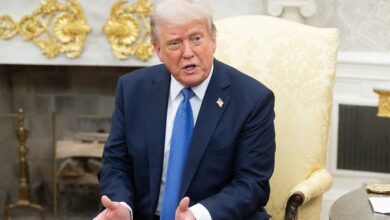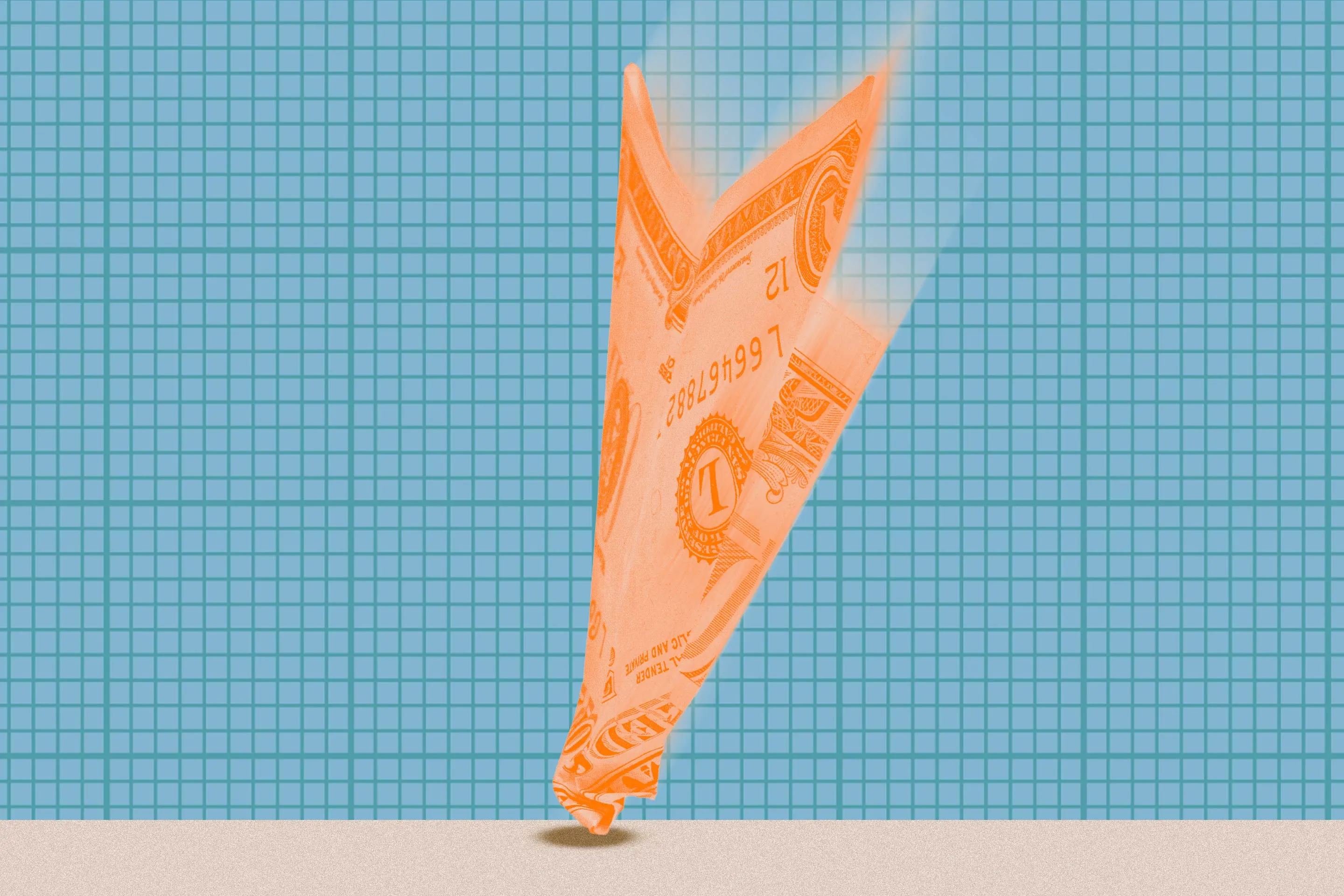Amazon sellers are hiking prices on hundreds of goods as tariffs bite

The impact of President Trump’s tariffs on Chinese imports is starting to be felt by American consumers, particularly online shoppers. According to data from SmartScout, a price analysis software tool, sellers on Amazon have raised prices on nearly 1,000 products since the second week of April. On average, prices have increased by almost 30%, with costs rising on a wide range of items from tech accessories to women’s clothing.
One of the top-selling brands on Amazon, Anker, has increased prices on approximately 25% of its products on the site in response to the tariffs. SmartScout founder and CEO Scott Needham noted that these price hikes can be attributed solely to the tariffs, marking a significant shift in consumer pricing.
Tariffs are paid by importers, who often pass on these additional costs to consumers. Amazon CEO Andrew Jassy acknowledged that U.S. tariffs were expected to raise prices on various consumer goods. The Trump administration has imposed tariffs of up to 145% on Chinese imports, prompting retaliatory measures from China with levies of 125% on U.S. goods entering the country.
Amazon reported that the price increases on over 900 products represent just 1% of the top 100,000 products on the site. The company emphasized that the average price hike was only 6%, with the 30% figure skewed by a small number of products with significant increases.
In addition to Amazon, other major e-commerce players and retailers have also raised prices to offset higher import costs, often by adding “tariff surcharges” to customer bills. Chinese e-commerce sites Shein and Temu recently announced price hikes following changes in U.S. duty regulations.
The uncertainty surrounding tariff rates and the duration of these levies has made it challenging for companies to plan and adjust their supply chains. While President Trump expressed optimism about reducing tariffs on Chinese imports through negotiations, Beijing denied engaging in talks and reiterated its demand for the U.S. to revoke tariffs against China.
Analysts suggest that while tariffs on China may decrease in the future, there is no clear timeline for such changes. The ongoing trade tensions between the U.S. and China continue to impact consumer prices and businesses’ strategic decisions.
As the effects of tariffs ripple through the global economy, consumers can expect to see price fluctuations and potential challenges in the retail landscape. Companies are faced with the dilemma of balancing cost increases with maintaining competitive pricing, highlighting the complexities of trade policy in today’s interconnected world.





